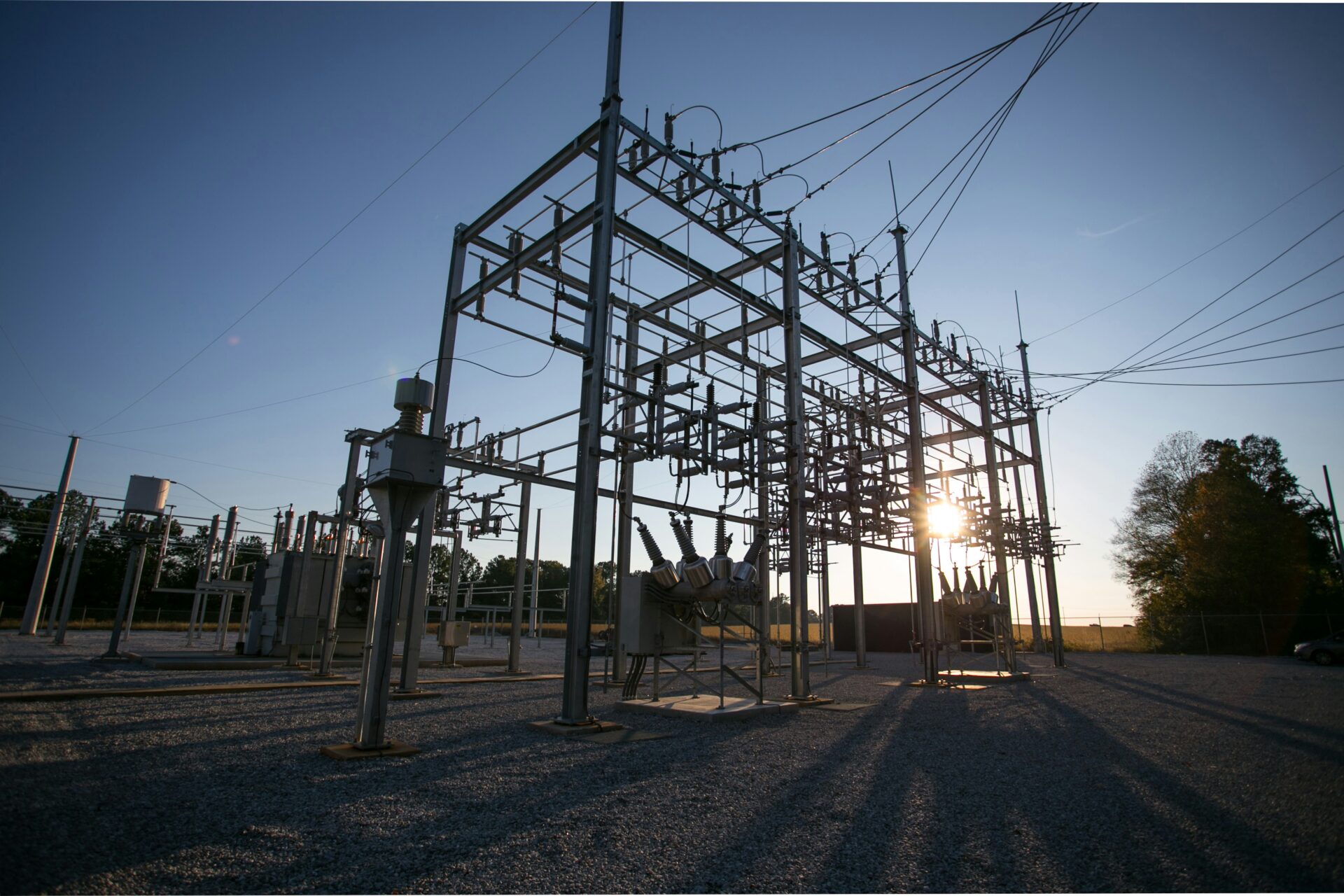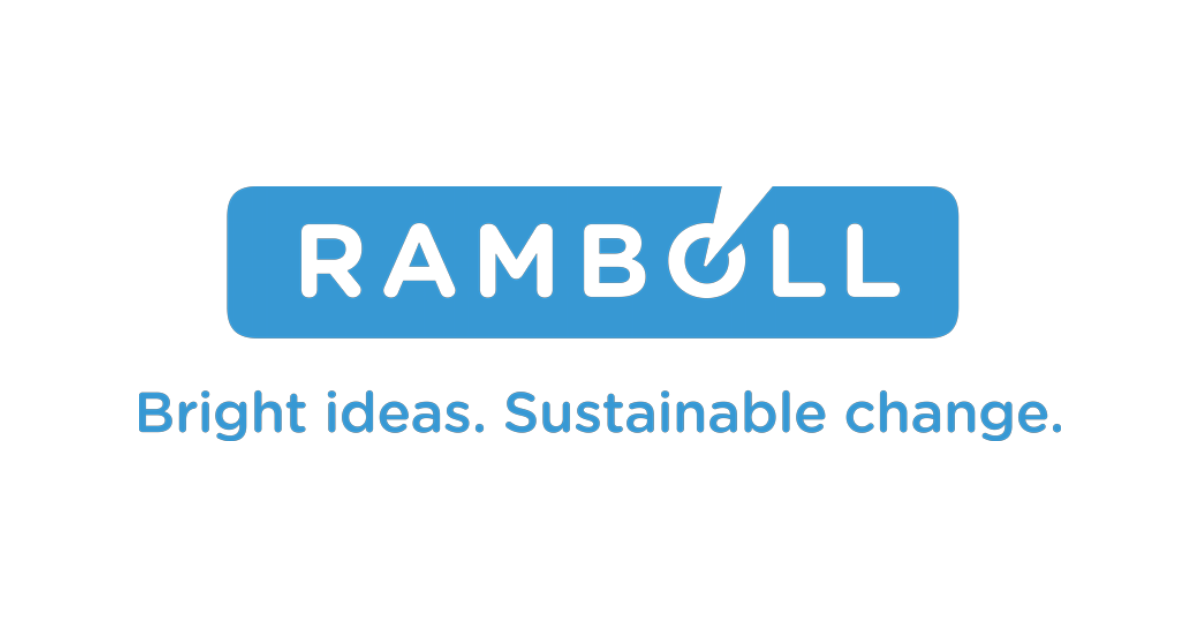When it comes to design, two fascinating concepts often emerge at the forefront of innovation: generative design and augmented design. But what do these terms truly entail?
Generative design can be thought of as a co-creation between human designers and artificial intelligence algorithms—design software generates a wide array of design alternatives based on specified constraints and goals, and the human designer selects and refines from these options.
On the other hand, augmented design refers to tools and systems that directly enhance a designer’s capabilities, allowing them to interact with and manipulate designs in ways previously not possible, often in real-time and with the aid of augmented reality (AR).
So why does this matter? Well, both concepts are radically transforming how we approach creative design—making the process faster and more efficient, and often resulting in solutions that might have been unimaginable through traditional methods. Generative design pushes the boundaries of possibility by exploring vast design spaces, while augmented design keeps the designer in the driver’s seat with an enhanced toolset.
In this blog post, we’ll dive into the nitty-gritty of generative vs augmented design. We will explore their roles in revolutionizing the creative industry, how they differ from each other, and why they may just be the dynamic duo of future design innovation.
Understanding Generative Design
Generative design is a profound shift in how we approach problem-solving in design. At its core, it’s about leveraging the power of computing to explore a wider spectrum of possibilities than the human mind can conceive on its own. Let’s peel back the layers of this innovative computer-aided design process and discover how it’s applied across various industries.
1. Algorithms in Generative Design
The heart of generative design lies in its algorithms. These are sophisticated sets of rules and criteria that the software uses to create a vast array of design options. The algorithm acts like a tireless assistant, working around the clock to explore every conceivable space within the set parameters. For example, here at Transcend, our generative design software the Transcend Design Generator, has helped multiple clients to design power and water infrastructure, where it uses complex algorithms to produce thousands of design options, which are then refined by human experts. With the Transcend Design Generator, asset owners and engineers can reduce their design time from months to days and even hours, without compromising on quality.
2. Integration of Parameters
A key to this method is integrating design parameters effectively. Designers input requirements such as materials, site footprint, cost constraints, and performance criteria. The software takes these inputs and generates optimal designs that not only meet but often exceed the specified limitations. This integration allows for a level of customization and optimization that is truly unique to generative design.
Applications in Various Industries
From engineering to fashion, generative design is disrupting traditional methods across various industries.
1. Architecture
In architectural design, generative design aids in creating structures that optimize for various factors, such as light exposure, airflow, and spatial efficiency. A notable example is the use of generative design in The Shed’s movable outer shell at Hudson Yards in New York City. It is designed to expand and contract to meet the needs of the venue, showcasing the adaptability that generative design can provide.
2. Product Design
The application of generative design in product design can lead to innovative products with optimized performance and reduced material usage. For instance, General Motors harnessed generative design to manufacture a seat bracket that consolidated eight separate pieces into one, decreasing the part’s weight by 40% and reducing raw material use significantly.
3. Utilities and Infrastructure
Power and water infrastructure networks are becoming increasingly complex, and with the population growth in urban areas, the need for efficient designs is essential. Generative design tools such as the Transcend Design Generator allow engineers to explore multiple options quickly, optimizing and customizing their designs to meet specific project requirements.
For example, with the help of the Transcend Design Generator, an east-coast drinking water utility was able to quickly determine the most efficient and effective design for its new storage tank. By considering various factors such as tank size, type, and number, and integrating them with the network’s pressure and emergency storage requirements, the utility managed to not only streamline the design process but also ensure the chosen solution met all necessary criteria.
Unveiling Augmented Design
Augmented design is propelled by emerging tech that turns science fiction into everyday reality. Here, we unpack some of the cornerstone technologies that are reshaping the design landscape.
1. Augmented Reality (AR)
Augmented Reality (AR) stands at the forefront of this transformation. By superimposing computer-generated images onto a user’s view of the real world, AR provides an interactive experience that profoundly changes how designs are visualized and refined. IKEA’s “Place” app is a prime example, allowing consumers to visualize furniture in their own space before making a purchase, merging the real and virtual for enhanced decision-making.
2. Machine Learning in Augmented Design
Machine learning takes augmented design to new heights by enabling systems to learn from data, identify patterns, and make decisions with minimal human intervention. Design tools equipped with machine learning algorithms can predict user preferences and adapt interfaces in real time. For instance, Netflix’s recommendation engine continuously refines its suggestions based on user behavior, demonstrating machine learning’s potential to personalize the design experience.
Real-world Implementation
Real-world applications of augmented design are demonstrating its power in both enhancing user experience and refining design processes across various sectors.
1. Enhancing User Experience
Enhancing the user experience is where augmented design truly shines. For example, automotive designers are adopting augmented design to create more intuitive car interfaces. BMW’s iDrive system uses machine learning to adapt its responses based on the driver’s habits, simplifying interactions and minimizing distractions — a pivotal development in the pursuit of safer driving experiences.
2. Impact on Design Processes
The impact of augmented design on processes is equally significant; it streamlines workflows and encourages rapid prototyping. In the medical field, augmented reality is revolutionizing surgical planning with 3D models that help surgeons pre-visualize complex procedures. A study by the Imperial College London demonstrated that AR could reduce surgery times and blood loss, showcasing the profound implications of augmented design on both efficiency and precision in high-stakes environments.
Generative Design vs Augmented Design: Similarities
Both generative and augmented designs pivot on the pivotal role of data utilization to inform and elevate the design process. The former relies on data to generate diverse solutions within given parameters, whereas the latter uses data to augment the human decision-making process. In both cases, the data serves as a compass, guiding the creatives toward informed, contextually relevant, and innovative solutions.
Also, iterative processes are intrinsic to both generative and augmented design. The journey from the initial concept to the final product is rarely a straight line, often encompassing cycles of prototyping, testing, and refinement. With generative design, algorithms rapidly produce iterations to narrow down optimal solutions. Augmented design, augmented by machine learning, assesses user interaction to iteratively enhance user experience.
Generative Design vs Augmented Design: Differentiating Factors
While both generative and augmented design share common ground, they each retain distinctive characteristics that set them apart. These diverse aspects underscore the unique potentials and challenges they bring to the table in the evolving landscape of design.
1. Creative Autonomy in Generative Design
Generative design amplifies creative autonomy by enabling designers to explore a broader spectrum of possibilities without the traditional constraints of manual modeling. This freedom is made manifest through computer algorithms which rapidly iterate on a designer’s initial ideas, extrapolating a multitude of forms and structures that might have been inconceivable through conventional design methods alone. These algorithms essentially act as tireless digital muse, churning out alternatives and inviting human creators to curate the output.
2. Human-Centric Approach in Augmented Design
Augmented design, on the other hand, maintains a human-centric approach, focusing on enhancing the interaction between the user and the design process. The crux of this methodology is to hone the human element, providing tools that supercharge decision-making and streamline tasks. For instance, augmented reality applications in architecture, such as AR SketchWalk, allow clients to “walk through” a design before it’s built, engaging with the space on a human level.
Advantages of Generative Design
Efficiency and innovation go hand-in-hand when we harness the power of generative design.
Efficiency and Time Savings
Generative design significantly cuts down on time spent during the design phase of projects. By using advanced algorithms, it autonomously generates hundreds of optimized solutions within minutes, solutions that would take humans days, if not weeks, to conceptualize.
For example, the Transcend Design Generator (TDG) enabled a large US engineering firm to rapidly generate and assess multiple wastewater treatment plant designs, considering various scenarios and requirements. These precise and quick iterations not only sped up the conceptual phase but also provided detailed, actionable data that facilitated earlier and more confident decisions around cost estimation and risk management.
The engineers could produce sophisticated 3D BIM models, bills of quantities, and site layouts that integrated seamlessly into subsequent stages of detailed design. Consequently, the firm experienced a boom in operational productivity and competitiveness, which catalyzed its capacity to secure and manage a larger volume of projects successfully.
Innovation and Exploration
The exploratory potential of generative design is truly game-changing. Where traditional design might be limited by human imagination or bias, generative design algorithms explore a vast landscape of design alternatives, often yielding unconventional and innovative solutions. According to an MIT study, this methodology can increase the innovative output of a project by surfacing designs that provide novel solutions to complex problems, pushing the limits of human creativity and functionality.
Advantages of Augmented Design
Just as generative design redefines efficiency and sustainability, augmented design shines with its capacity to amplify user experience and tailor designs to individual needs. Through its immersive technologies, the augmented design invites a more participative role from users, opening up new dimensions in how products and spaces are both envisioned and utilized.
Enhanced User Engagement
Augmented design dramatically enhances user engagement by transforming passive observers into active participants in the design process. With augmented reality (AR) and virtual reality (VR), users can not only visualize but also interact with designs in real time, offering immediate feedback that can be looped back into the design process.
Personalization and Customization
The ability to personalize a product or space to suit individual preferences is a cornerstone of augmented design. Through technology such as AR and AI, users can manipulate various features of a product in real time to meet their specific desires, be it changing the color of a car or customizing the layout of a smart home system.
Generative Design vs Augmented Design: Final Thoughts
As we embrace the future of design, the potential of generative and augmented design technologies is undeniable. Generative design technology innovates without bounds, pushing the envelope of what’s possible, while augmented design refines the user experience, making it as intuitive and engaging as possible. By leveraging these powerful tools, designers and engineers can usher in a new era of creativity, efficiency, and personalization.
Ready to take your projects to the next level? Discover the transformative impact of the Transcend Design Generator (TDG) and unlock new solutions for your design and engineering challenges.








 WWTP Design
WWTP Design  Substation Design
Substation Design  Utility Interconnection Hub
Utility Interconnection Hub  White Label Proposal Generator
White Label Proposal Generator  PFAS Feasibility Study
PFAS Feasibility Study  Booster Station Design
Booster Station Design  Value Discovery Program
Value Discovery Program